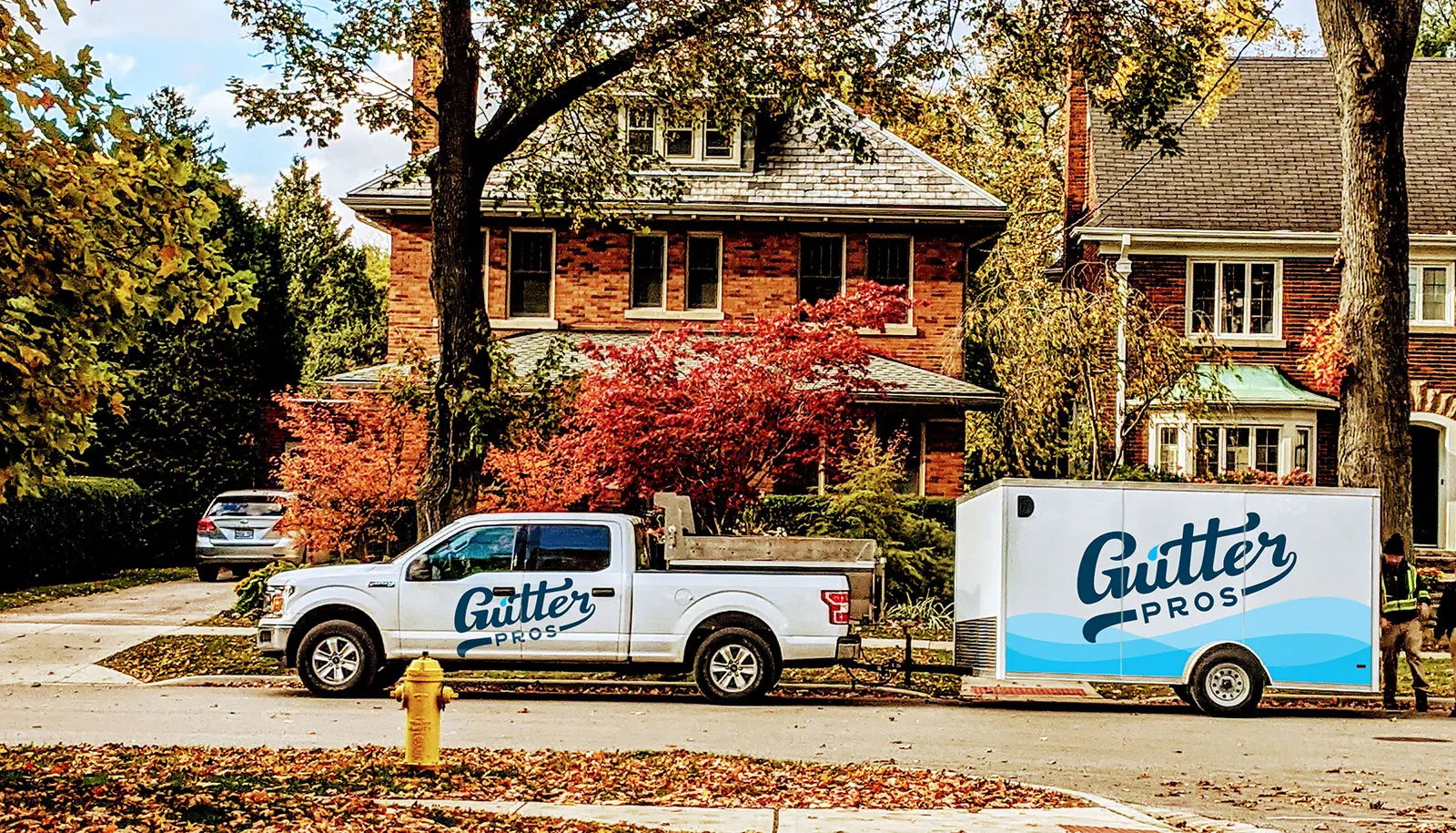
Have you ever found yourself at the top of a ladder in the rain, desperately trying to unclog your gutters while rainwater threatens to spill over the edge like a torrential waterfall? Yeah, us neither… But if we had, we’d probably never want to do it again and would promptly install types of gutter guards on all our gutters. All cheesy jokes aside, gutter guards are a gamechanger and can significantly reduce your gutter maintenance.
Gutter guards are an essential component of a home’s gutter system, designed to prevent leaves, twigs, and other debris from clogging the gutters and downspouts. By installing gutter guards, homeowners can reduce the need for frequent gutter cleaning and maintenance, while also protecting their home from water damage and foundation problems. In this section, we will explore the importance of gutter guards and the different types available.
Gutter guards play a crucial role in maintaining the integrity of a home’s gutter system. Clogged gutters can lead to water overflow, which can cause damage to the roof, walls, and foundation of the house. Additionally, clogged gutters can attract pests and create an ideal environment for mold and mildew to grow. By installing gutter guards, homeowners can prevent these problems and ensure that their gutters function properly. Gutter guards also help to reduce the risk of ice dams, which can form when water freezes in the gutters and causes damage to the roof and walls.
We find most of the people researching gutter guards already know they need them. If that’s not the case and you’re just now wondering if these are an item you should tack onto your list of upgrades, you can uncover the answer quickly with one question. Are there trees on your property or nearby?
If you have trees nearby (close enough that you find leaves in your yard and on your roof), then you would benefit from a gutter guard. If you happen to live in an area with very few trees or you’re far enough from them that they don’t affect your property, then you don’t need gutter guards.
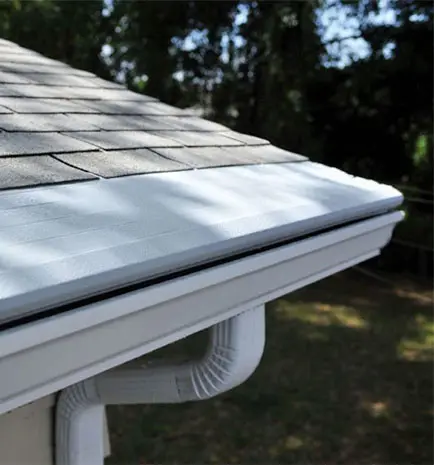
Solid gutter covers – also called reverse curve systems – are often marketed as the holy grail of gutter guards. Some manufacturers imply that the installation of solid covers is the last real maintenance you’ll ever need to do on your gutters. While it’s true they prevent most debris from entering the gutter; they aren’t foolproof. Fine debris, pine needles, and some pests can still get into the gutter. Additionally, reverse curve guards may exacerbate ice dam issues by trapping snow and ice inside the gutters.
The main issue we find with gutter covers is that if it rains hard enough, the force of the water coming off your roof can send water over the edge of your gutters. Since gutters are designed to direct water safely away from your foundation, having water run over the edge in sheets is counter to their purpose. If you live somewhere with a more temperate climate or mild rainstorms, this is less likely to affect you. Solid covers often require professional installation to ensure proper fitting and functionality.
Pros:
Keeps out most debris, sturdy and durable.
Cons:
Water can overshoot gutters, bulky design, hard to see clogs without removing the cover, can be more difficult to remove when you need to clean the gutter, usually the most expensive.
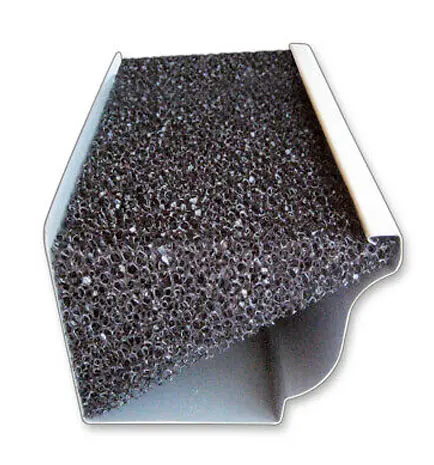
DIYers tend to be the biggest fans of the foam inserts because they’re easy to install, take very little time to fit to your gutters, and get an A+ for affordability. They can be an effective solution temporarily, but clogged gutters aren’t usually a problem you only want to fix for a season or two. Foam gutter guards are effective in blocking large debris, ensuring that water can flow freely while preventing the accumulation of materials such as leaves and pinecones.
Because foam inserts are just that – foam, they are less expensive and less durable. So while they’re cheap, they can’t withstand severe weather like solid covers or mesh screens. The nature of their design also makes them prone to holding water and seeds. They can get stagnant (and stinky), mold, and even encourage seedlings to grow in your gutters. If you aren’t vigilant, they can hold enough moisture near the roof edge to transfer it to your roof – and no one wants that. Additionally, there is potential for debris buildup with foam gutter guards, which can complicate maintenance and reduce their effectiveness over time.
Pros
Inexpensive, quick install, lightweight, effective.
Cons
Flammable, can trap water and seeds, can mold, short term solution to long term problem.
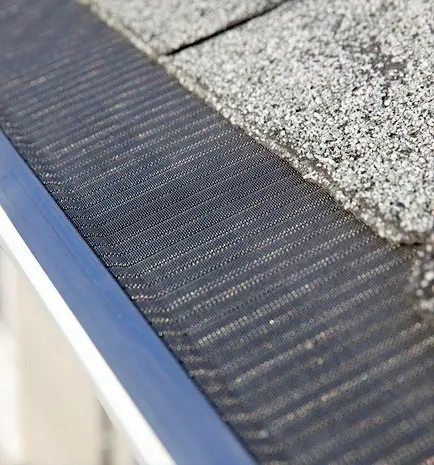
Micro-mesh has tiny perforations that block most debris from the gutter – basically, only tiny sediment will get through. Micro-mesh gutter guards are some of the most effective options available, particularly for managing snow and ice. The surface will need to be wiped off from time to time as twigs, helicopter seeds, and pine needles can build up, especially during the fall. Regular maintenance is crucial to keep gutters clean when using micro-mesh gutter guards. If too much debris is sitting on the surface, or if dirt clogs the micro mesh openings, even water can’t pass through.
Pros
Easy to install, keeps most debris out, not visible from the ground.
Cons
Surface can clog, tiny debris/dirt can pass through and form sludge, may send water over the edge during high-volume rain. One of the more expensive types.
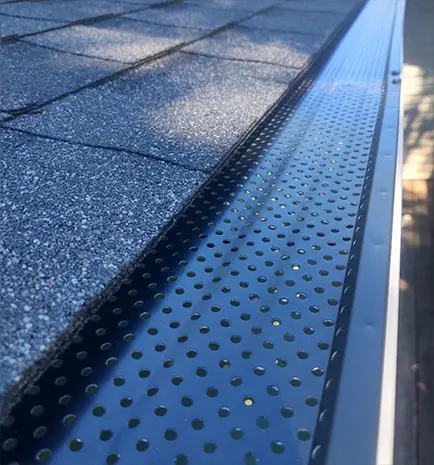
Screen gutter guards are similar to micro-mesh but have larger perforations (holes). They’re typically made of metal, but there are plastic variations on the market as well. The larger holes in these “standard” screens will block large debris like leaves, twigs, larger seeds, and seed pods but will allow small debris to pass through, which is okay, because the small debris can pass through and isn’t what clogs gutters. Unlike the micro-mesh, they are less likely to allow water to shoot over the edge in a hard rain. Screen guards are effective in blocking debris and ensuring proper water flowing through the gutters, which helps prevent clogs and reduces maintenance.
Pros
Easy to install, keeps large debris out, not visible from the ground, durable.
Cons
Larger seeds can get stuck in the holes.
Our professional opinion – pick the gutter guards that fit your needs and budget. Every single type will require some level of maintenance to keep your gutters in top shape – The “perfect” gutter guard does not exist. We install all kinds, and they can be added to your existing gutters. When choosing the best type, it is important to consider the entire gutter system and the role of gutter guard installation. As a whole, we prefer the larger hole or more “standard” screen guards as gutter guards. We find they offer a sleek look and do a great job of reducing clogs and required gutter maintenance. They are a great mix of all of the above gutter guards; they offer protection from larger debris (leaves, twigs, etc) that could clog your gutters, still allow for rain to actually fall into the gutter, and are not the most expensive. Aluminum is our top choice because it’s lightweight and extremely durable.
There’s no such thing as a “perfect” gutter guard system. Gutter guards offer a level of preventative maintenance by reducing buildup in your gutters and downspouts. Because they minimize the buildup of debris in the gutters, they reduce the likelihood of clogging and the overall maintenance required for your gutters – but they don’t eliminate it. There will always be some level of maintenance whether you do it yourself or hire a pro. Gutter guards help prevent debris buildup, and it’s important to follow gutter guard recommendations for regular inspections.
At Gutter Pros, our craft and our passion are one and the same. We don’t just install gutters; we specialize in them! We can help you evaluate your gutters and determine which gutter guard solution is the best one for you. Get a free estimate today.
Gutter guards are designed to perform well in heavy rain, and most types of gutter guards can handle heavy downpours without issue. However, it’s essential to choose a gutter guard that is specifically designed to handle heavy rain and debris. Micro mesh gutter guards, for example, are effective in heavy rain and can handle small debris, while reverse curve gutter guards are effective in keeping large debris out of the gutters. By choosing the right type of gutter guard, homeowners can ensure that their gutters function properly even in heavy rain.
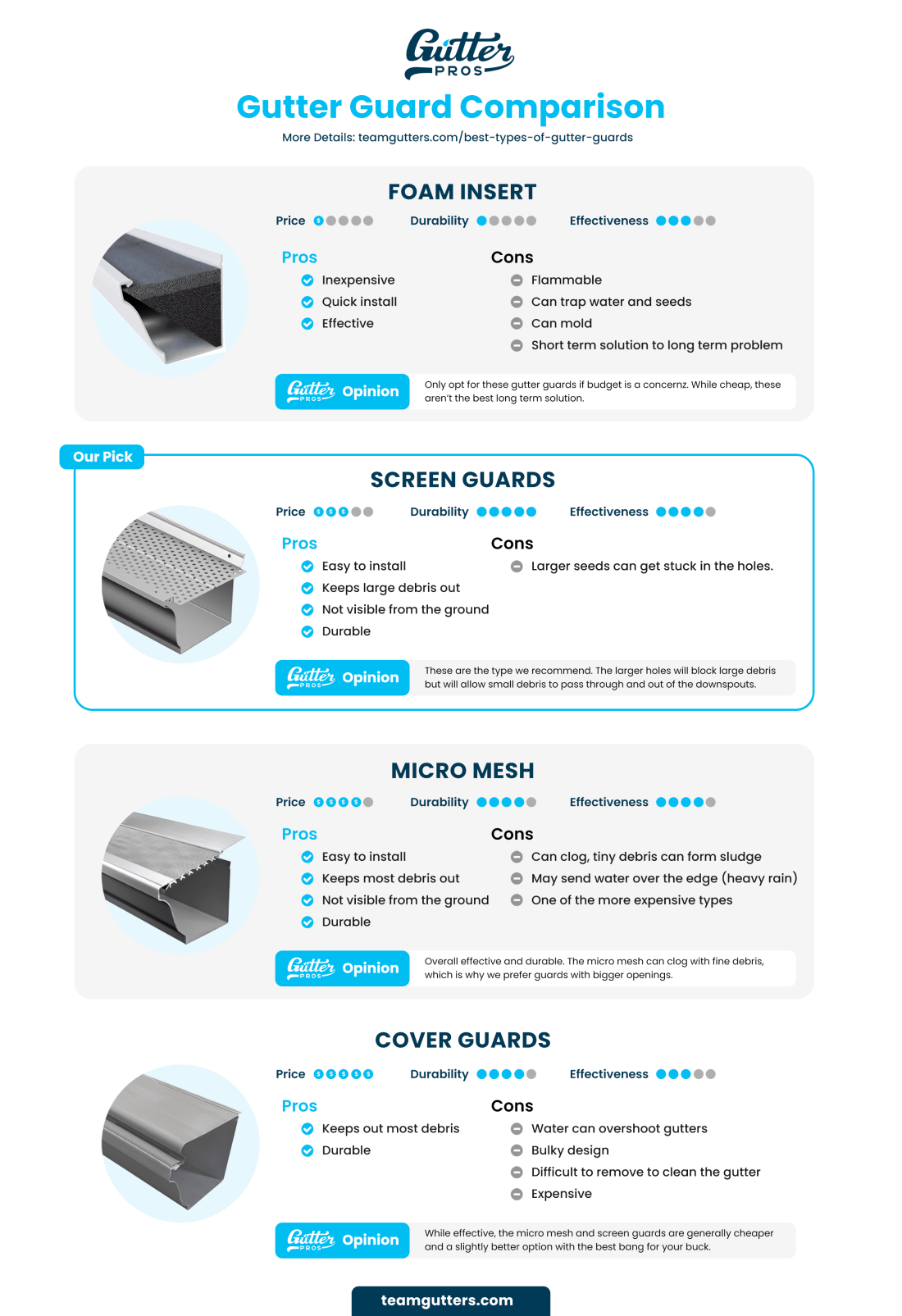
Call us: (773) 999-2079
Fill in the form below and we will get back to you as soon as possible

